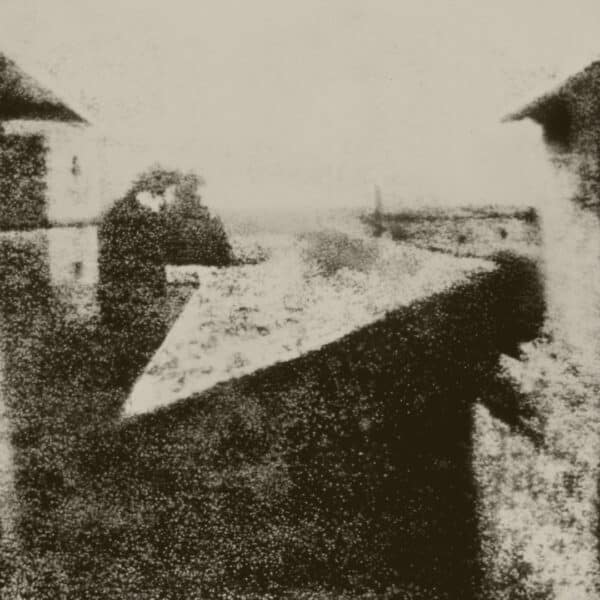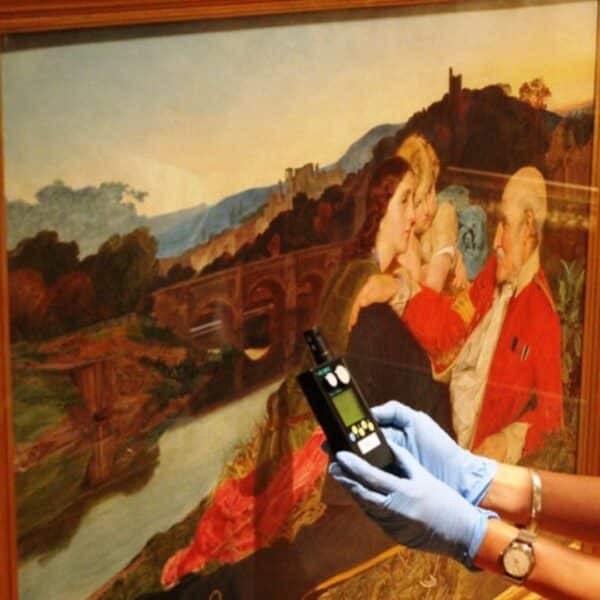There are some phenomena that occur in photographs that may appear to be damage caused by time or by poor conservation, but they are not. The identification of these phenomena is important when it comes to conservation of photography.
By: Yolanda Silva, author of the online course Preventive Conservation of Photography
damage in photographs
Damage classifies as anything that may cause physical alterations to the integrity of something, diminishing its value, usefulness or normal function. In any material, damage is a physical and/or chemical transformation that occurs and that may transform the intrinsic characteristics of said material.
There are many transformations that can occur in photographs, such as the alteration of its original colour or fading or loss of contrast…
And they may have numerous reasons, such as fungi or bug infestation, or heat or humidity alterations.
details that are not damage
However, there are some details that we might see on a photograph which are not damage to the physical properties of the material, even though they might look it. What they are is damage or mistakes made early in the creative process that influence the result, or even a purposeful action of the photographer.
Let’s see some phenomena that can occur
The photographer can make several mistakes or changes before and during the development of the film, negative or photo. For instance, the camera or the enlarger may be manipulated in order to alter the lighting, but the camera itself may also have damage, which conditions the result. Other examples are: the photograph results very grainy if over or undeveloped and not properly adjusted by the photographer during the development of the negative. Also during this process, if the photographer is careless, the image may have too much or too little contrast.
Sometimes, the photograph shows damage which is on the negative itself. A crack, scratches or even dust present on a negative will be transposed to the final photo, once developed. These are easily identified: cracks and scratches come out as thin black lines and dust as little white specks.
Dust on your camera lens at the moment of photographing may also result in a similar effect.
There are also additions that the photographer might choose to make. These can be made to the negative as well as to the positive print. Any addition that is made to the negative will be transposed to the positive, since all the information contained on the negative is seen on the final photograph. Common additions made by photographers include retouches to the image (to mask or correct certain details), as well as adding coatings to create a desired effect.
During the development process, the photographer can make mistakes, like using the wrong solutions, or act purposefully to create different effects on the photographs. In that way, dominant colours may suffer changes as they can also be manipulated to create a specific effect. Using different fixation solutions can also produce alternative colour effects: when a colour negative (previously processed in conventional black and white developer, and then fixed and bleached with a specific bath) is exposed to light, it can be redeveloped in colour developer to produce a pastel colour effect to the photographs.
how to proceed
So next time you’re looking through your albums and collections, keep an eye out for these phenomena. The photographs might be needing some care, or they might just be marked by whichever phenomena occurred prior to their finish.
And if some of these mistakes might seem to make them look somewhat defaced, others do add some character to the photographs.
Source: https://journals.openedition.org/ceroart/1770#tocto2n7
original photo: https://upload.wikimedia.org/wikipedia/commons/b/b8/Stieglitz-NewYorkOldNew.jpg modified to“Stieglitz.bmp” by the author










